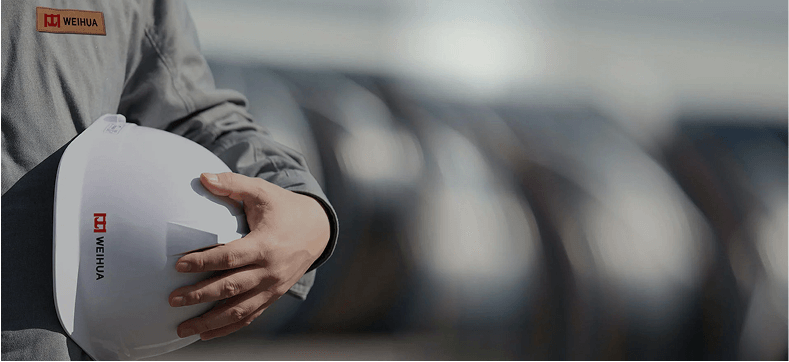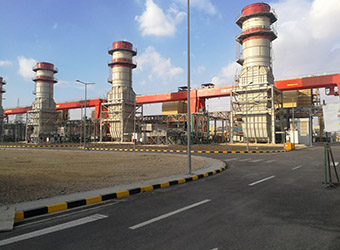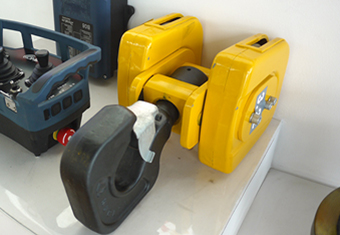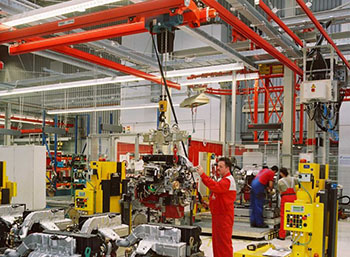The drum gear coupling is a high-performance flexible coupling named for its unique drum-shaped tooth design. It is widely used in heavy-load and high-precision transmission occasions. The following are its main performance characteristics:
High load-bearing capacity
Multi-tooth contact: The curved surface design of the drum-shaped tooth increases the contact area of the internal and external teeth when meshing, and the stress distribution on the tooth surface is more uniform. Compared with the straight tooth coupling, the load-bearing capacity is increased by 20%~30%.
Suitable for heavy loads: It can transmit large torque and is often used in heavy machinery such as metallurgy, mining, and ships.
Excellent compensation ability
Axial displacement: An axial displacement of ± (1~5) mm is allowed (the specific value depends on the model).
Radial displacement: The compensation capacity is usually 0.1~0.3mm, and the drum-shaped tooth design is more adaptable to radial deviation than the straight tooth.
Angular deviation: Generally, a deviation of ±1° is allowed to reduce vibration and wear caused by poor alignment.
Vibration reduction and noise reduction
Flexible meshing: The curved contact of the drum-shaped teeth can absorb shock and vibration, reduce the noise of the transmission system, and is suitable for high-speed or precision transmission (such as rolling mills, pump groups).
Long life and wear resistance
Special materials and processes: The tooth surface is usually hardened by quenching, carburizing and other hardening treatments (hardness can reach HRC50-60), or sprayed with wear-resistant coatings.
Lubrication optimization: Grease (such as lithium-based grease) needs to be added regularly, and some models are designed with sealing structures to prevent lubrication leakage.
Easy installation and maintenance
No strict alignment is required: a certain installation error is allowed to reduce installation costs and time.
Maintainability: Some designs allow the gear sleeve to be replaced without moving the equipment, reducing downtime.
Disadvantages and precautions
Lubrication dependence: Regular maintenance is required, otherwise it is easy to wear.
High cost: 20%~50% higher than ordinary spur gear couplings, but longer life.
Selection points
Torque and speed: The working torque needs to be calculated and a margin is left.
Displacement compensation requirements: Select the compensation amount according to the equipment alignment.
Environmental conditions: Special materials or seals are required for high temperature or corrosive environments.
The drum gear coupling performs well under heavy load and high deviation conditions by optimizing the tooth shape and material, and is an upgraded alternative to traditional spur gear couplings.



